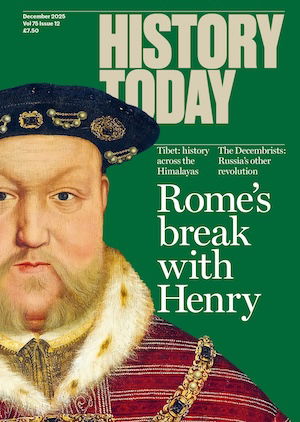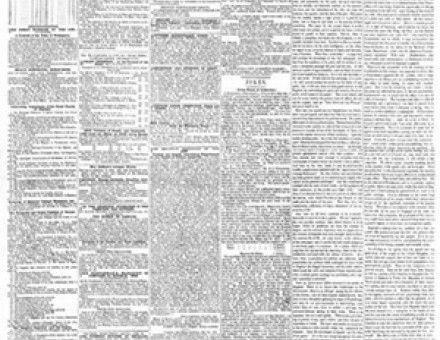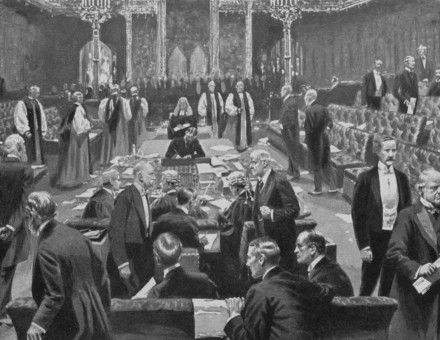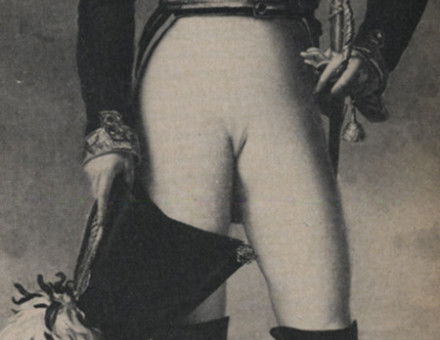A Plot to Assassinate Pitt
During the early months of 1794, writes Vera Watson, in the throes of the fierce struggle against revolutionary France, the British Government received dramatic information which it treated as a top-level secret—two assassins were on their way to London, entrusted with the task of eliminating both Pitt and his royal master.






